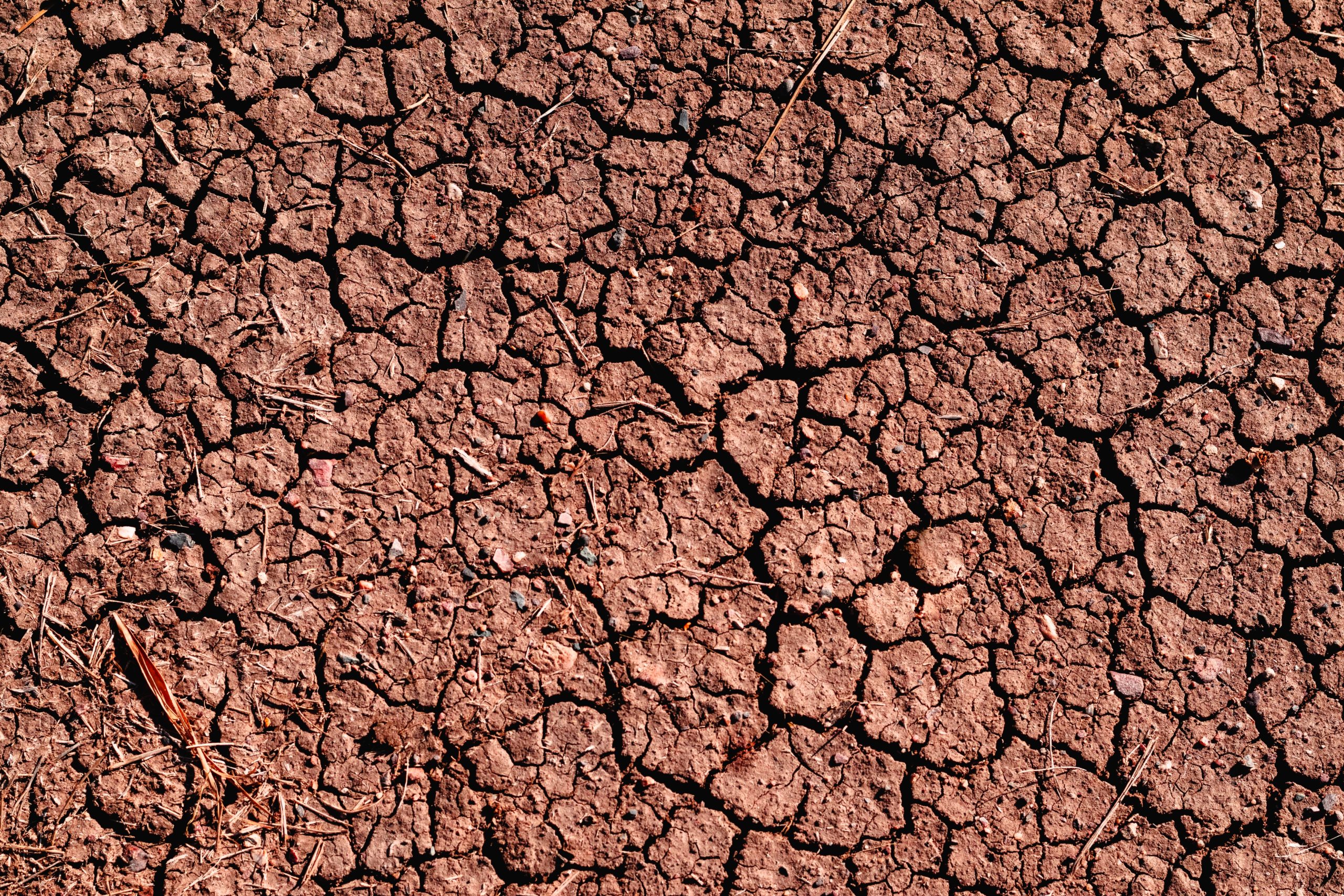



Article by: Hari Yellina
Given the considerable and continuous wet season, it comes as no surprise that approximately half of Queensland is still in drought. After a good wet season in some regions, State Agriculture Minister Mark Furner told parliament today that Local Drought Committees had recommended the drought annulment of another six shires and one part-shire. The drought status of the Balonne, Murweh, Western Downs, Maranoa, and Quilpie shires in south-west Queensland, as well as the North Burnett and part of the Flinders County, has been revoked. This reduces the drought-affected area in Queensland from 61.1 percent to 44.9 percent. It comes after nearly a decade of drought that has damaged more than half of the state’s area.
Landholders in the north-west Flinders Shire, like Hughenden grazier Brendan McNamara, were worried about another unsuccessful wet season until recent rains offered comfort. Mr McNamara stated that his county would still require additional rain to remain productive. He replied, “I believe it will depend on what occurs in November and March next year.” “If we don’t have a good season next year, the drought will return, causing concern among the public. That is certain.” Several shires, including Barcoo, Blackall-Tambo, Boulia, Winton, Richmond, and Diamantina, have been certified drought-free since 2013. Mr Furner explained that the state government’s drought support policies meant primary farmers didn’t have to wait for drought announcements to get help.